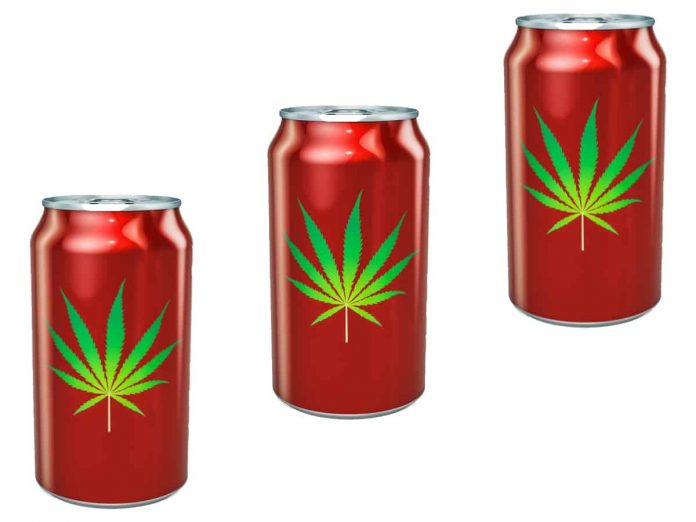Consumers of THC-infused beverages should always pay close attention to the products they are ingesting—but now they have one more thing to consider before quenching their THC thirst.
Scientists from Vertosa, a Bay Area-based company specializing in cannabis infusion, recently tested some infused beverages and found aluminum cans may zap drinks of their potency. The liners inside the cans, which are added to reduce any metallic taste, seem to be the culprits. By the time a cannabis drink is infused, canned, shipped, and sold, its potency can be drastically reduced.
“Our theory is the cannabis material, the droplets, will stick to the liner and cling on it. When you open the can to take a drink, it will lose its potency,” Vertosa founder and chief science officer Harold Han told Yahoo.
Han, who holds a Ph.D. in chemistry and two patents in emulsion chemistry, initially started to wonder about the impact aluminum had on THC-infused beverages last year when he noticed Lagunitas’ Hi-Fi Hops was switched from cans to glass bottles.
Yahoo also reported Canadian cannabis producer, Canopy Growth, had identified diminished THC potency caused by aluminum cans last April.
“There is an interplay with the cans and the chemistry in the drink itself,” David Klein, Canopy Growth’s chief executive officer told Yahoo.
Although the Vertosa’s scientists believe the can liners are mostly responsible for the potency loss, Klein believes other factors could be at play. “I wouldn’t say it’s one thing,” Klein said.
The cannabis industry typically has to rely on its own ingenuity. Hans believes solving the issue of the aluminum cans reducing potency is no different.
“It’s up to us to find the solution,” Hans said, adding that some active ingredients may continue to be absorbed by aluminum cans even if adjustments are made. “You will always see some percentage of loss. But as long as you can manage this loss and let it plateau, that is the goal.”












